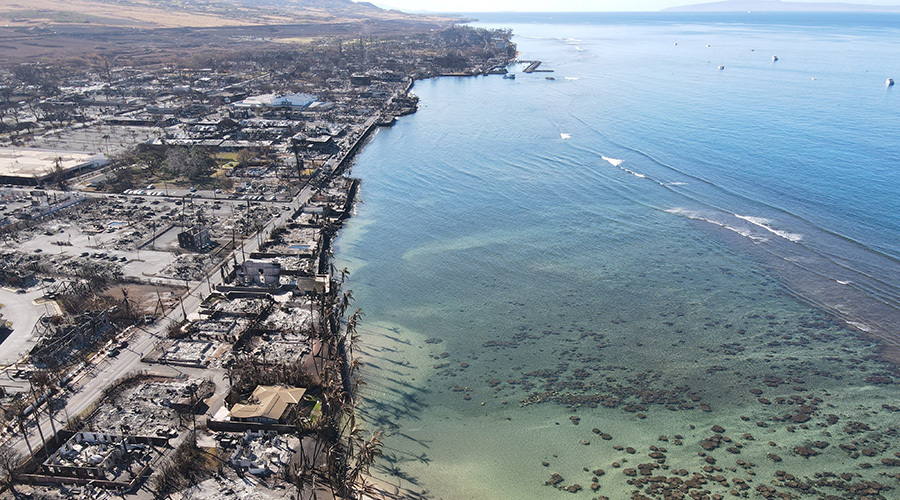Planning for Emergency Recovery
After the planning and upgrades are complete, managers should develop and maintain an emergency-operations plan that covers both operation and recovery. The program should address staff management, security, supplies logistics and continuity of essential building systems, as well as plans for operational recovery.
An important component to this plan is the duration of recovery. Health care facilities must have a plan that addresses at least 96 hours following a crisis without support from the surrounding community. As a result, new and existing health care facilities must think strategically about operations in the wake of a natural disaster or other emergency.
Managers cannot develop or carry out the emergency-operations plan in a vacuum. Whether the organization is in the health care, education, government, financial, commercial, military or public-service sector, managers need to review the organization’s mission and goals and compare them with the potential disaster.
The criticality of services before, during and after an emergency differs by organization type, and the capital resources that must be invested in the physical plant and operations will reflect these differences. Mangers must work with the leadership of all departments to prioritize the organization’s mission and capabilities for a variety of emergencies.
The emergency-operations plan should address the management of available resources and on-site supplies and assets. Managers should document conservation measures for easy access in an emergency. These measures include consolidating operations into small areas of the building to conserve power and air conditioning, using gray water or well water for sanitation to conserve drinking water, and implementing building-wide, rolling blackouts of air conditioning to minimize indoor humidity.
The plan for conservation measures should cover all necessary back-up material, such as drawings, charts, valve locations, historical loads, consumptions and staffing requirements needed for managers to assess the situation and implement the most appropriate measures.
Special programming of the building automation, security and fire alarm controls can provide additional support in an emergency. For instance, technicians can program a series of password-protected commands to control the outside, exhaust, return, and supply-air fans and dampers, as well as automatic doors in the event of an interior or exterior chemical spill.
The plan also should document steps for the eventual evacuation of the facility, including the logistics, transportation and capability of the refuge site to handle the staff, documents, or data load.
Managers can reduce the potential costs of an emergency during the design and construction of a new facility by preparing the sustainability matrix and emergency-operations plan. They can include items from the initial design and construction that otherwise are difficult to retrofit for an existing facility, including a segregated water-distribution system to conserve water, switches and valves that accommodate shutdowns to non-critical areas of the building, and temporary connections that are easily accessible for standby generators.
Ultimately, no two emergencies are the same. Each presents its own unique challenges, shortages and restrictions. A prepared document describing the scenarios and available options can help managers guide the facility and the organization at a stressful time. A comprehensive and well-documented emergency operation plan will serve as a valuable resource for managers forced to make difficult decisions under pressure.
Jon R. Perucki, P.E. — jperucki@ssr-inc.com — is a vice president of Smith Seckman Reid Inc., an engineering design and facility consulting firm.
Related Topics:













